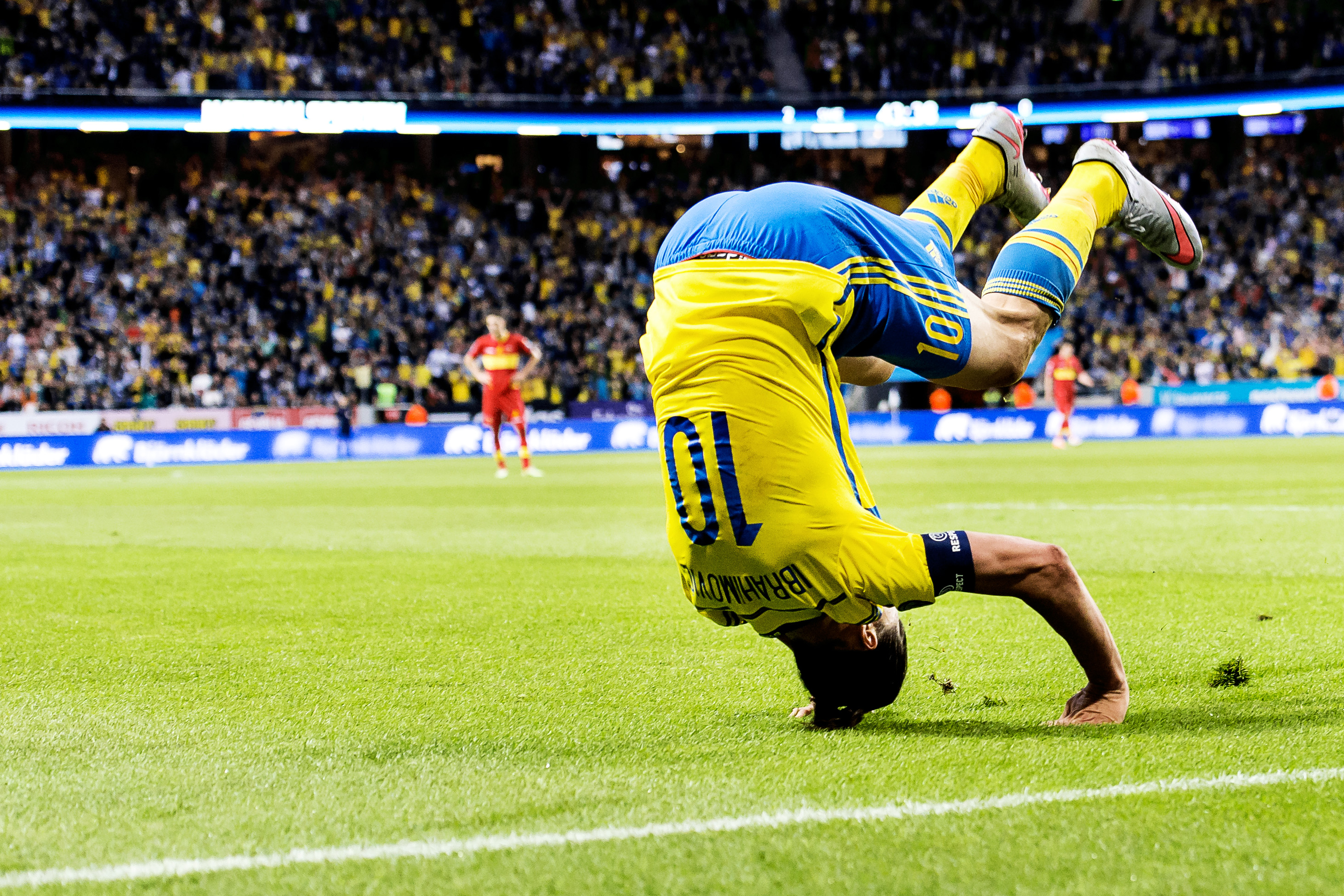House of Commons has last Friday, 17 November, published a paper on ‘Ways and Means resolution on the Taxation (Cross-Border Trade) bill’.
The summary says that the paper was prepared for the Ways and Means resolutions relating to the Taxation (Cross-Border Trade) Bill. These resolutions are before the House of Commons on Monday 20 November 2017. Ways and Means resolutions The Taxation (Cross-Border Trade) Bill
The Government has announced its intention to bring in a customs bill – the Taxation (Cross-Border Trade) Bill. This will include measures relating to customs, VAT and excise.

The Government set out its approach to customs in a position paper, Future customs arrangements, published in August. A Customs White Paper was published in October. The Government has already published a Trade Bill which contains provisions on areas closely related to those in this Bill. Most law relating to customs is contained the EU’s Union Customs Code (UCC) and its delegated and implementing acts. The UCC is an EU Regulation which is directly applicable in the UK. EU law also provides the framework for VAT and excise rules. The Taxation (Cross-Border Trade) Bill will allow the UK to operate a standalone customs, VAT and excise system after Brexit. Legislation is needed regardless of whether the UK reaches an agreement with the EU on customs. The Bill will allow for the possibility of no deal being reached.
The Customs White Paper said that the Bill will include a number of delegated powers. Customs are particularly relevant to trade across the Irish border. The Government has said it wishes to avoid physical border infrastructure, such as border posts. No agreement has yet been reached with the EU about how this can be achieved.
Sweden is for the loment ranked as number 18 in the world by FIFA.
Some people were surprised that Sweden beat Italy in the play-offs for the 2018 FIFA World Cup in soccer that will take place in Russia next summer. They shouldn’t be. Sweden has a new generation of players on the way.

This team has now beaten France, Italy and Portugal and it knocked out, not only Italy, but also Netherlands from the World Cup.
However, many of the players have already won tournaments.
This team of Sweden became European Champions in the 2015 UEFA U-21 European Cup after beating France, Germany, England, Italy, Denmark and Portugal.

In the 2013 FIFA U-17 World Cup Sweden finished in third place after beating Argentina with 4–1 in the third-place match.
And there are even more extremely talented players on the way up, like e.g 18 year old Alexander Isak playing forst team football for Borussia Dortmund and 18-year old Joel Asoro playing for Sunderland that made his first Premiere League start being only16 years old.

in addition Matthias Svedberg, born 99, a highly gifted midfielder.
So you can expect even more success for the Swedish national team in the years to come,
Artificial intelligence, scientific automatic evaluation, algorithmes, risk management engines.
Artificial intelligence is Intelligence displayed by machines, in contrast with the natural intelligence (NI) displayed by humans. The scope of AI is disputed: as machines become increasingly capable, tasks considered as requiring “intelligence” are often removed from the definition, a phenomenon known as the AI effect.We have learned that this is part of our everyday lives already – or have we?

How about Customs and Border precedures? Is there already an element of AI involved? Yes, there is. Our ridk management enegines are getting more and more advanced and algorithmes are used to improve risk profiling and targetting.
This is still not the rule everywhere – but advanced Customs Services have used new technology support the last decade or so.

Today when we design, develop and implement new Risk Management Models for Customs – and we arw doing that in several countries right now – we always base it on a modern Risk Strategy fully utilizing advanced risk management and intelligence tools and instruments.

The supporting software is getting better and better. National Targetting Centers are also developing new advanced profiling models continously.
I am convinced that we are only in the begonming of this development. The following years will bring a revolution that will serve us well.
We are involved in some extremely interesting tests right now which will change the risk paradigm and the enforcement methodology forever.
The bad guys will have a more difficult future.






You must be logged in to post a comment.